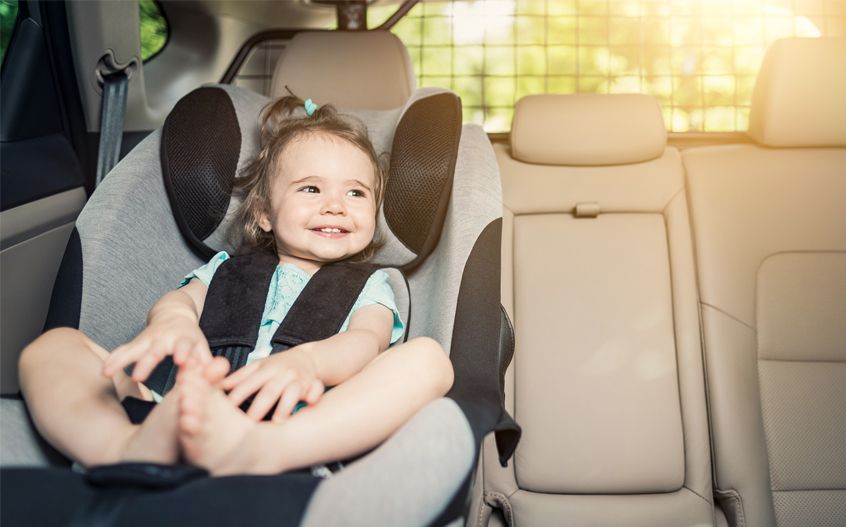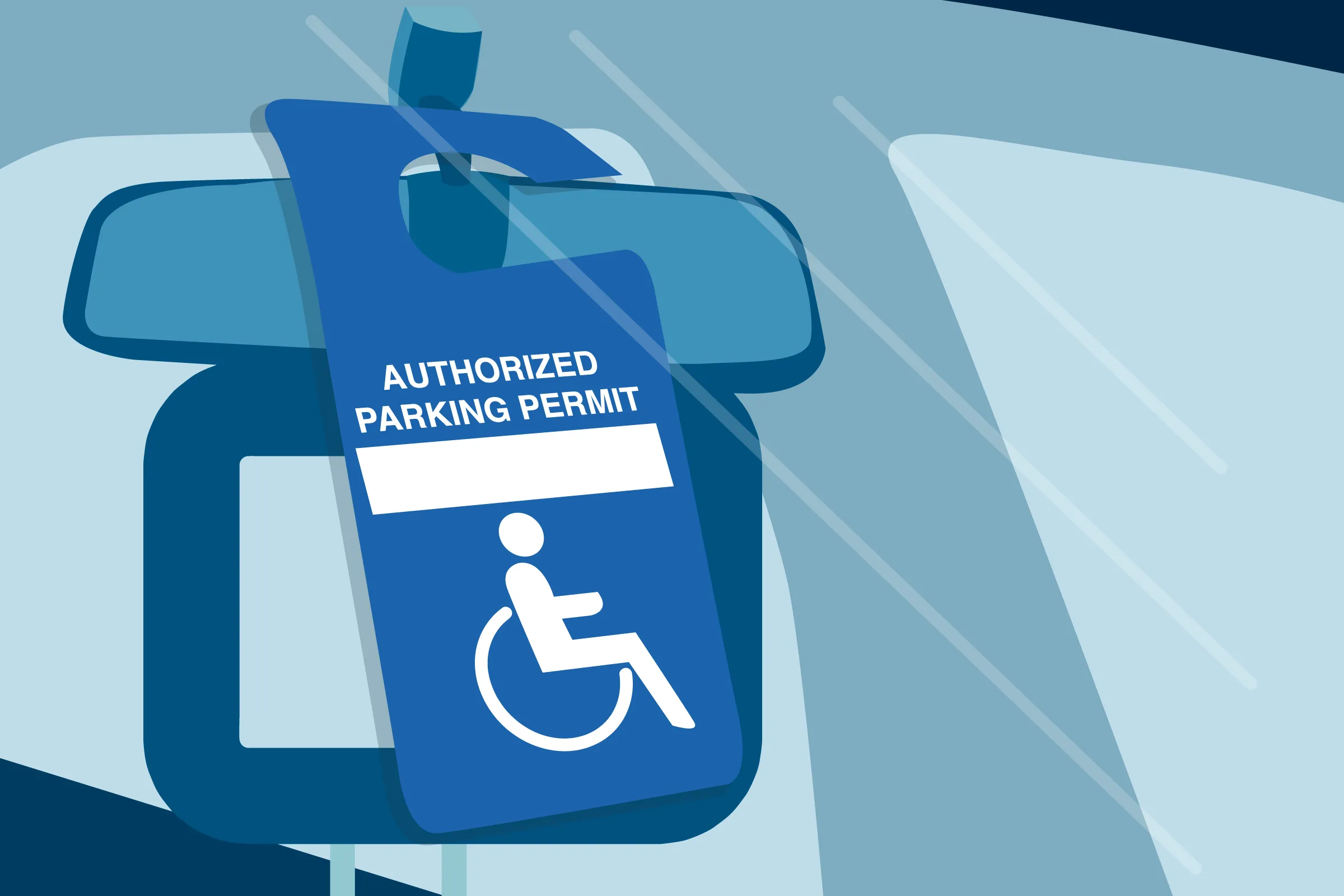How to Handle Car Seat Replacement After an Accident
Car seats play a crucial role in ensuring the safety of your child while traveling. If you’ve been involved in a car accident,

Car seats play a crucial role in ensuring the safety of your child while traveling. If you’ve been involved in a car accident, it’s essential to address the replacement of your child’s car seat promptly, even if the damage seems minimal. This guide will walk you through understanding insurance coverage for car seat replacements, the steps to replace a damaged car seat, and how to handle disposal and find affordable replacements.
Insurance Coverage for Car Seat Replacements
When it comes to replacing a child’s car seat after an accident, the type of auto insurance coverage you have is key. Typically, comprehensive and collision insurance policies cover the cost of a car seat replacement. Comprehensive insurance protects against losses from non-collision incidents like fire, vandalism, or theft, while collision insurance covers damages from hitting objects or other vehicles, even if you’re at fault.
If the other driver caused the accident, their liability insurance should cover your car seat replacement. It's crucial to check the specifics of your insurance policy to confirm the coverage for car seat replacements and any requirements for filing a claim.
Steps to Replace a Car Seat After an Accident
Filing an Insurance Claim
The first step in getting your car seat replaced is to file an insurance claim. Depending on your insurance provider, this can be done via phone, mobile app, or the online member portal. Ensure you have collision or comprehensive coverage in your auto policy to qualify for reimbursement for the car seat.
Including the Car Seat in the Claim
When filing your claim, explicitly include the damaged car seat. Inform your insurer that the car seat was affected and is part of the claim.
Providing Necessary Documentation
You will need to provide documentation to support your claim. This includes photos of the car seat’s damage, its serial number, and expiration date. If possible, include a purchase receipt for the car seat to prove its value.
Cutting the Car Seat’s Straps
Most insurers will require you to cut the straps of the car seat before reimbursing you. This step ensures that the damaged seat cannot be reused or resold. Take photos of the seat with the cut straps as proof, and submit these images to your insurer if requested.
Accepting the Settlement
Once your claim is approved, you will receive a payout based on the actual cash value of the car seat, considering depreciation. Use this settlement to purchase a new car seat for your child.
Selecting a New Car Seat
Choosing a new car seat involves more than just picking one that fits in your vehicle. Here are some important factors to consider:
Certification and Safety Standards
Look for car seats that have certifications like UNR 129-Size and ECE R44. These standards indicate that the car seat has been tested to endure rear-facing, forward-facing, and side-impact collisions. You can also check if the seat has been evaluated by organizations such as the Insurance Institute for Highway Safety or Consumer Reports.
Age-Appropriate Car Seats
As your child grows, their car seat needs will change. According to the National Highway Traffic Safety Administration (NHTSA), children should transition from a rear-facing seat to a forward-facing seat between ages one and three. From ages four to seven, they should use a booster seat until they are ready to use a seat belt, usually around age twelve.
Comfort Features
Choose a car seat that offers comfort features like breathable fabrics and extra padding. Ensure that the seat provides ample legroom, has an adjustable headrest, and is properly tilted for your child’s comfort.
Ease of Installation
Opt for a car seat that is easy to install and adjust. Frequent removal or adjustment of the seat can be simplified with user-friendly designs that don’t compromise safety.
Stroller Compatibility
If you use a stroller, check if the car seat is compatible with it. Some models allow you to seamlessly transfer the car seat from the car to the stroller, making travel more convenient.
Maintenance and Cleaning
Consider a car seat with a removable and machine-washable fabric cover. This feature is especially useful if you have younger children who might spill or create messes during travel.
Additional Features
Additional features such as a five-point harness system, side-impact protection, and compatibility with the LATCH system can enhance safety and convenience. Evaluate your needs and your child’s requirements when choosing a car seat.
Registration with the Manufacturer
After purchasing your new car seat, register it with the manufacturer. This will ensure you receive important safety updates and recall notices.
Cutting the Straps on a Car Seat
Insurance Requirements
Insurance companies often require you to cut the straps of the car seat before they will process your claim. This measure ensures that the damaged car seat is not reused, which is critical as even minor damages can compromise safety.
Risks of Damaged Car Seats
A car seat that appears intact may still have hidden damage, such as hairline cracks in the plastic, damaged foam, or a compromised harness. Even if the damage is not visible, these issues can affect the seat’s safety performance.
Free or Affordable Car Seat Replacement Alternatives
If your insurance does not cover the replacement or if you’re seeking more affordable options, consider these alternatives:
Charitable Organizations
Several charities, like Buckle Up For Life, offer free car seats to families in need. Programs such as the Special Supplemental Nutrition Program for Women, Infants, and Children (WIC) may also provide free car seats.
Government Programs
Depending on your state, Medicaid might offer car seat replacements if you complete a car seat safety course. Additionally, some law enforcement and fire departments have programs that provide free car seats.
Hospital Programs
Certain hospitals offer car seats at reduced prices or can direct you to affordable options. They may also be aware of other resources for free or low-cost car seats.
Local Women’s and Children’s Services
Local agencies focusing on women and children often have programs that offer inexpensive or free car seats. These services can be a valuable resource.
Calling 211 for Assistance
Dialing 211 can connect you with various resources for affordable car seats and other forms of financial support, such as food and rent assistance.
Disposing of a Car Seat After an Accident
Proper disposal of a damaged car seat is crucial to prevent reuse. You can throw it in the trash or find a recycling program that handles car seats, such as Clek.
Cutting the Straps Before Disposal
Always cut the straps before disposal to discourage others from reusing the car seat. This step signals that the seat is unsafe and should not be used.
FAQs
1. Will my insurance cover the cost of replacing a child car seat after an accident?
Yes, if you have comprehensive or collision coverage on your auto insurance policy, it generally covers the cost of replacing a child car seat damaged in an accident. If the other driver was at fault, their liability insurance should cover the replacement costs.
2. What documentation do I need to provide to my insurance company for a car seat replacement claim?
You will need to provide photos of the damaged car seat, its serial number, and expiration date. If available, include a purchase receipt for the car seat. This documentation helps the insurance company assess the value and damage.
3. Why do I need to cut the straps on a damaged car seat before my insurance claim can be processed?
Cutting the straps ensures that the damaged car seat cannot be reused or resold, which is crucial for safety. Even if the damage isn't visible, internal issues may compromise the seat's effectiveness in protecting your child.
4. How do I find a new car seat that is safe and suitable for my child?
Look for car seats with certifications like UNR 129-Size and ECE R44, which ensure they meet safety standards. Choose a car seat appropriate for your child’s age and size, and consider comfort features, ease of installation, and compatibility with your stroller.
5. Are there any alternatives if I cannot get a replacement car seat through my insurance?
Yes, there are several alternatives. Charitable organizations, government programs, hospitals, and local women’s and children’s services often offer free or affordable car seat replacements. You can also call 211 for assistance in finding these resources.
6. How should I dispose of a car seat that was damaged in an accident?
Dispose of the damaged car seat by throwing it in the trash or finding a recycling program that handles car seats. Always cut the straps before disposal to prevent the seat from being reused.
7. What should I do if my child’s car seat was only slightly damaged in an accident?
Even if the damage seems minor, it’s generally recommended to replace the car seat. Insurers often cover replacements for seats with any level of damage, as internal issues may compromise safety.
8. How can I ensure my new car seat is properly installed?
Choose a car seat that is easy to install and adjust. Refer to the manufacturer’s instructions for proper installation, and consider having it checked by a certified child passenger safety technician to ensure it’s installed correctly.
9. What are some features to look for in a new car seat?
Look for features such as breathable fabrics, extra padding, a five-point harness system, side-impact protection, and compatibility with the LATCH system. Ensure the seat is comfortable for your child and easy for you to use.
10. How can I register my new car seat with the manufacturer?
Once you purchase a new car seat, register it with the manufacturer by following the instructions provided in the car seat’s manual or on the manufacturer's website. This registration will ensure you receive safety updates and recall notices.
What's Your Reaction?



















